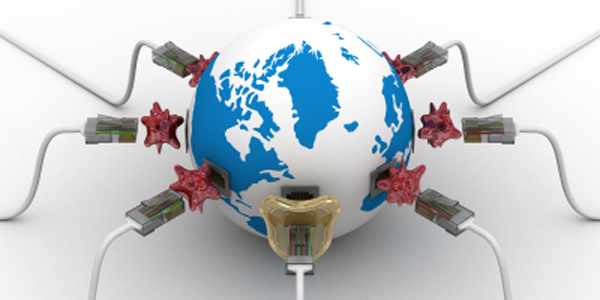Business networks are web-based platforms that enable interconnected buyers and suppliers to trade, communicate, and collaborate with each other. As a result of this inherent nature, and the drive among enterprises to increase collaboration across the supply chain, business networks have grown in popularity over the past several years. Business networks also allow for process optimization and, often, the consolidation of multiple procure-to-pay (“P2P”) activities into a single platform.
The modern business network now includes electronic invoicing, catalog management, purchase orders, and a variety of other functionalities that turn it into a central tool in the procurement and accounts payable/finance arsenal. Greg Liebe, GlaxoSmithKline purchase to pay service line owner for North America, shared the pharmaceutical giant’s experiences with the Ariba Network at SAP Ariba Live 2016 in Las Vegas this past March, and offered a window into how business networks can help companies operate at any level.
The Problem of Multiple Business Lines: Boulders, Rocks, and Sand
GlaxoSmithKline (“GSK”) is a global pharmaceutical company with 96,000 employees worldwide and $33 billion worth of revenue annually across three major business lines—pharmaceuticals, vaccines, and consumer health. This creates unique challenges, according to Liebe, because each of the three divisions has different needs and expectations in addition to different challenges. These three business lines all feed into a global support infrastructure, which is where Liebe operates the shared services infrastructure for North America. GSK has managed to standardize a fair amount of processes, which Liebe said makes it easier to manage and meet expectations.
GSK views P2P transformation across three dimensions, Liebe said: boulders, rocks, and sand. “Boulders” are the major issues that affect the entire company, such as integrating the recently acquired Novartis vaccine business and implementing a single instance of SAP company-wide (a project that is five years old). “Rocks” are the slightly smaller issues, such as buyer and supplier satisfaction, which are important but somewhat more tactical in nature. These include trying to create a front-end for buyers that is similar to SAP Ariba’s new guided buying experience, and creating a supplier portal that will open up visibility into the P2P process. “Sand” is market specific improvements, such as increasing the percentage of eInvoices and improving on purchase order compliance.
GSK uses its business network to help with these three levels of goals, which include increasing the number of invoices moving through the system and the amount of on-catalog spend worldwide. They have had great success with their business network usage so far, including 84% of spend with preferred suppliers, 35% of purchasing transactions made through catalogs, and 50% of their invoices being submitted as electronic. Liebe said that they count EDI invoices as part of the eInvoice number, which is a format GSK has tried to reduce in recent years.
Putting the Brakes on Progress
Unfortunately, while Liebe said they have done much with their installation of SAP Ariba, they are constrained by the sheer number of suppliers across multiple business lines (something Liebe is looking to remedy). Despite this, Liebe said that GSK is working toward greater utilization of their business network, with the aim of moving from operating as what he termed a “purchase and pay” organization, where procurement and AP are siloed, to a “purchase to pay” organization with a single workflow through the entire process.
Final Thoughts
Implementing a business network can be a hugely complex undertaking for a company of any size, not just giants like GlaxoSmithKline. Liebe’s experiences, and his lessons, should serve as an example of the opportunities available from leveraging a business network—whether a company has 500 suppliers or five million. All that is required is for procurement to take the first step. Whether that begins because of upstream or downstream procurement does not matter; what is valuable is the end state.
RELATED ARTICLES
Three Sourcing Tools to Aid Supplier Discovery
AribaLIVE 2015: Looking to the Future of Business Commerce
How Will Business Networks Transform Talent Engagement?
How to Build a Compelling Business Case for Supplier Networks

